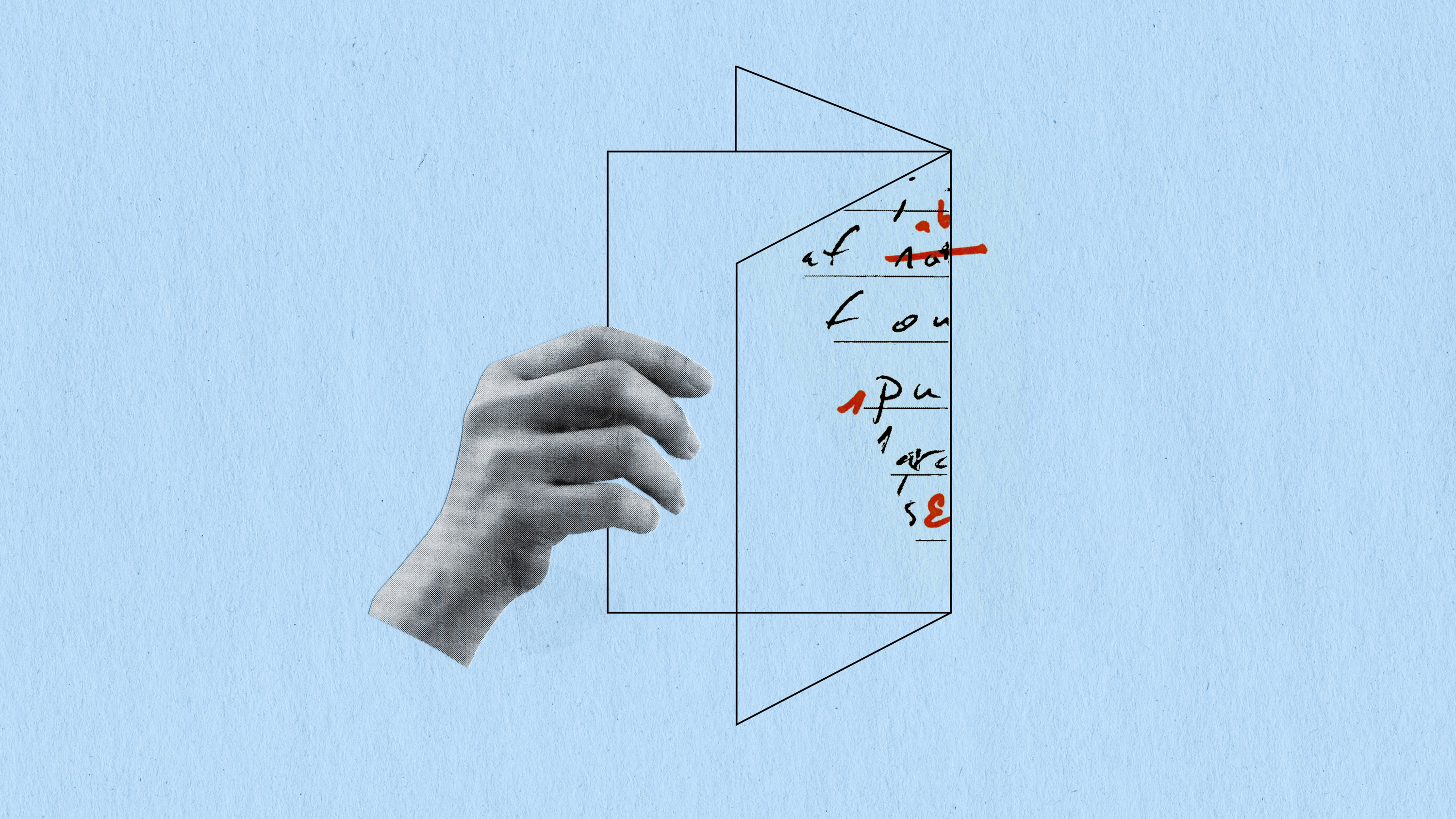Whatever we build today will create our future. And if we’re not thoughtful about it, the forward steps we take now could be seen as steps back in the years to come.

One of the formative memories of my youth took place on a camping trip at an Alabama state park. My dad’s friend brought an at-the-time gee-whiz gadget, a portable television, and we used it to watch the very first space shuttle launch from under the loblolly pines. It was thrilling. And it was hard not to believe, watching that shuttle go up (and, a few days later, land), that we were entering an era when travel into the near reaches of space would become common.
But as it turns out, that’s not the future we built.
This is our Build issue, and although it’s certainly about creating the future we want, in many ways this issue is also about a future that never arrived. Interplanetary space stations. Friendly robots. Even (if you squint and accept a generous definition) terraforming an increasingly uninhabitable Earth.
Don’t settle for half the story.
Get paywall-free access to technology news for the here and now.
Subscribe now
Already a subscriber?
Sign in
MIT Technology Review provides an
intelligent and independent filter for the
flood of information about technology.
Subscribe now
Already a subscriber?
Sign in
Building is a popular tech industry motif—especially in Silicon Valley, where “Time to build” has become something of a call to arms following an influential essay by Marc Andreessen that lamented America’s seeming inability to build just about anything. That essay was published four years ago, at the apex of the country’s disastrous response to covid-19, when masks, PPE, and even hospital beds were in short supply. (As were basic necessities of day-to-day life like eggs, flour, and toilet paper.) It’s an alluring argument.
Yet the future is built brick by brick from the imperfect decisions we make in the present. We don’t often recognize that the seeming steps forward we are taking today could be seen as steps back in the years to come. This could very well be how we come to view some of the efforts we are making in terms of climate remediation. Xander Peters (accompanied by some incredible photography from Virginia Hanusik) writes about Louisiana’s attempts to protect communities against increased flooding—and wonders if perhaps a managed retreat might not be the better course of action.
Sometimes the things we don’t do, or the steps we skip, have bigger implications than the actions we do take. For the space program, the decision to race to the moon rather than to first build a way station—as was originally envisioned by some of the pioneers of space travel—may have had the long-term effect of keeping us more earthbound than we might otherwise be. David W. Brown looks at the fallout of those skipped steps and recounts the race to build a new, privately operated space station before the International Space Station comes plummeting back to Earth around 2030.
Other times, we’re just held back because we haven’t figured out how to do things yet. Simply put: the tech just isn’t quite there. For our cover story on home robots, Melissa Heikkilä looks at how the intersection of robotics and artificial intelligence, and especially large language models, could at last be ushering in the era of helper robots that we’ve been dreaming of since the days of The Jetsons. It’s such a fertile area of development, with action from both big industry incumbents like Google and highly specialized, sometimes secretive startups, that there is far more than we could get into in a single story.
“There was an entire interview with Meta that I didn’t end up using,” Melissa told me. “They have a team working on ‘embodied AI,’ which believes that true general intelligence needs a physical element to it, such as robots or glasses. They’ve built an entire mock apartment in one of their offices, including a full-size living room, kitchen, dining room, and so on, in which they conduct experiments with robots and virtual reality. It’s pretty cool!”
Look for us to keep that reporting going at technologyreview.com.
And there’s much more, too—including a zinger of a story from Annalee Newitz that takes on the history of brainwashing, a feature on building accountability into police body cameras, and a wild report on designing vegan cheese with generative AI. We hope you find something to take away and build on.
Thanks for reading,
Mat Honan




